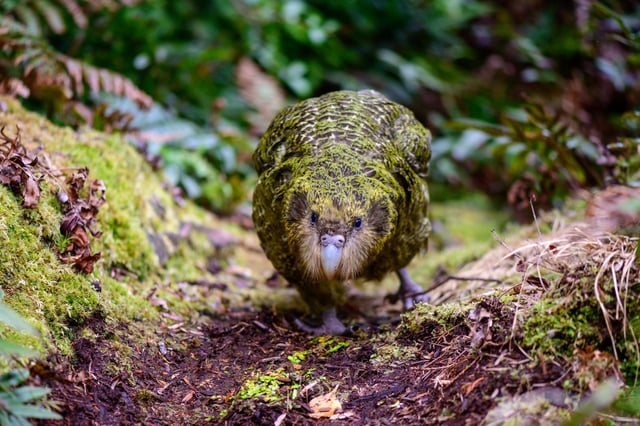Overview
- Fecal DNA and microfossil analyses of samples dating back 1,500 years reveal that over 80 percent of the kākāpō’s original 16 parasite taxa have disappeared, including nine lost before the 1990s and four more since intensive conservation began.
- Coextinction models demonstrate that parasite species often vanish faster than their hosts as transmission opportunities decline during population bottlenecks.
- While kākāpō numbers have rebounded to about 240 birds on predator-free islands, the ecological and immunological consequences of such drastic parasite loss remain unstudied.
- Researchers highlight that parasites play essential roles in immune system development and ecosystem regulation by excluding more harmful foreign species.
- Study authors urge integrating systematic parasite monitoring with kākāpō conservation and establishing a global parasite conservation plan to safeguard parasite biodiversity.

